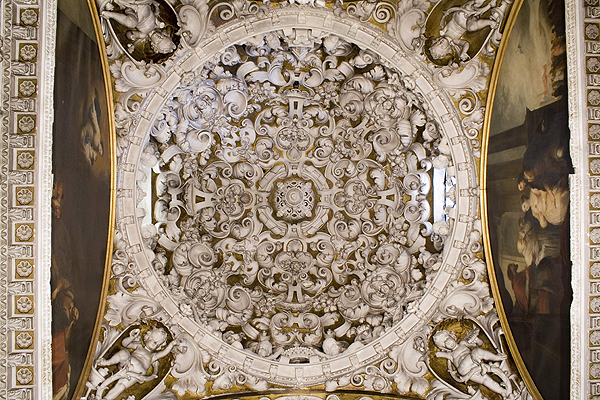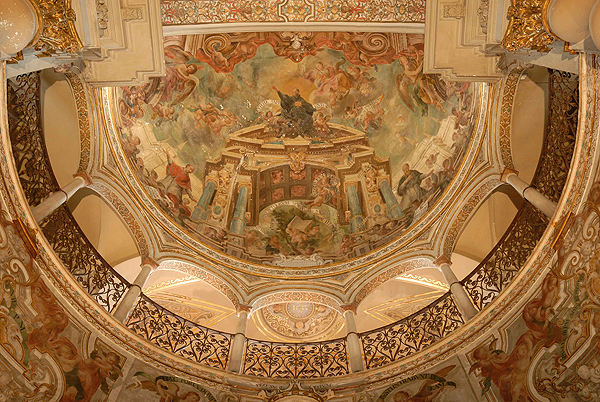17 October 2016
lecture series
THE SKIN OF ARCHITECTURE
Structure and ornament. The image of architecture
Alfredo J. Morales
University of Seville
All too often, the study and evaluation of architecture focus on the analysis of the mechanics of buildings, their structural values and the aspects of balance and compensation of loads and thrusts. To this are added some typological and functional references, plus various comments on their spatial values. However, such an approach neglects certain basic ingredients of spatial conception, as well as other issues that are of great importance for the overall understanding of an architectural work. Since space is defined by the surfaces of the wall box, it is clear that the ornamentation that covers them plays a leading role in the definition of spaces. Therefore, contrary to the generally held view, ornamentation is not something accidental, added and detached from the structural essence, but an essential and indispensable ingredient for the true understanding of a building. And this is particularly relevant in the case of Spanish architecture in general and Sevillian architecture in particular, where there is an evident typological traditionalism and a clear tectonic simplicity. It is, therefore, the treatment of surfaces, what has been called the skin of architecture, which allows the usual architectural compositions and formulations to be modified and enriched, suggesting novel schemes.
During the centuries of the Baroque, plasterwork and mural painting were frequently used to achieve these effects. By means of their successful employment the formal multiplicity of interiors is achieved, as their presence makes the spaces appear to widen in all directions, making the Structures appear diluted or hidden, producing a feeling of surprise and wonder. This is a peculiar sense of the baroque, in which the proliferation of forms, the accumulation of ornaments, the small and the complex are of interest. This phenomenon is particularly noticeable in religious spaces, when the plasterwork and polychrome mural paintings are integrated into an extraordinary set of elements and forms, such as the carved and gilded woodwork of the altarpieces and liturgical furniture, the warm textures of the draperies and canopies and the gleam of the silver pieces, to which music and the sweet perfume of incense are added. All this serves to attract the attention of the faithful and to provoke their astonishment and amazement in order to increase their devotion and to bring them closer to the great mysteries of the faith through the senses. This sum of elements and effects integrated into a unitary decorative concept, sometimes achieved over the course of time, brings these enclosures closer to the concept of the Berninian "bel composto". Even more spectacular are the enclosures when the lighting is manipulated and mirrors and materials that reflect or are transformed by light are incorporated, giving the whole ornamentation a dynamic quality. Such artifice gives rise to scenographic and dramatic creations of an obviously baroque nature.

Seville. Church of the convent of San Buenaventura.

Seville. Church of Santa María la Blanca.

Seville. Church of San Luis de los Franceses.
